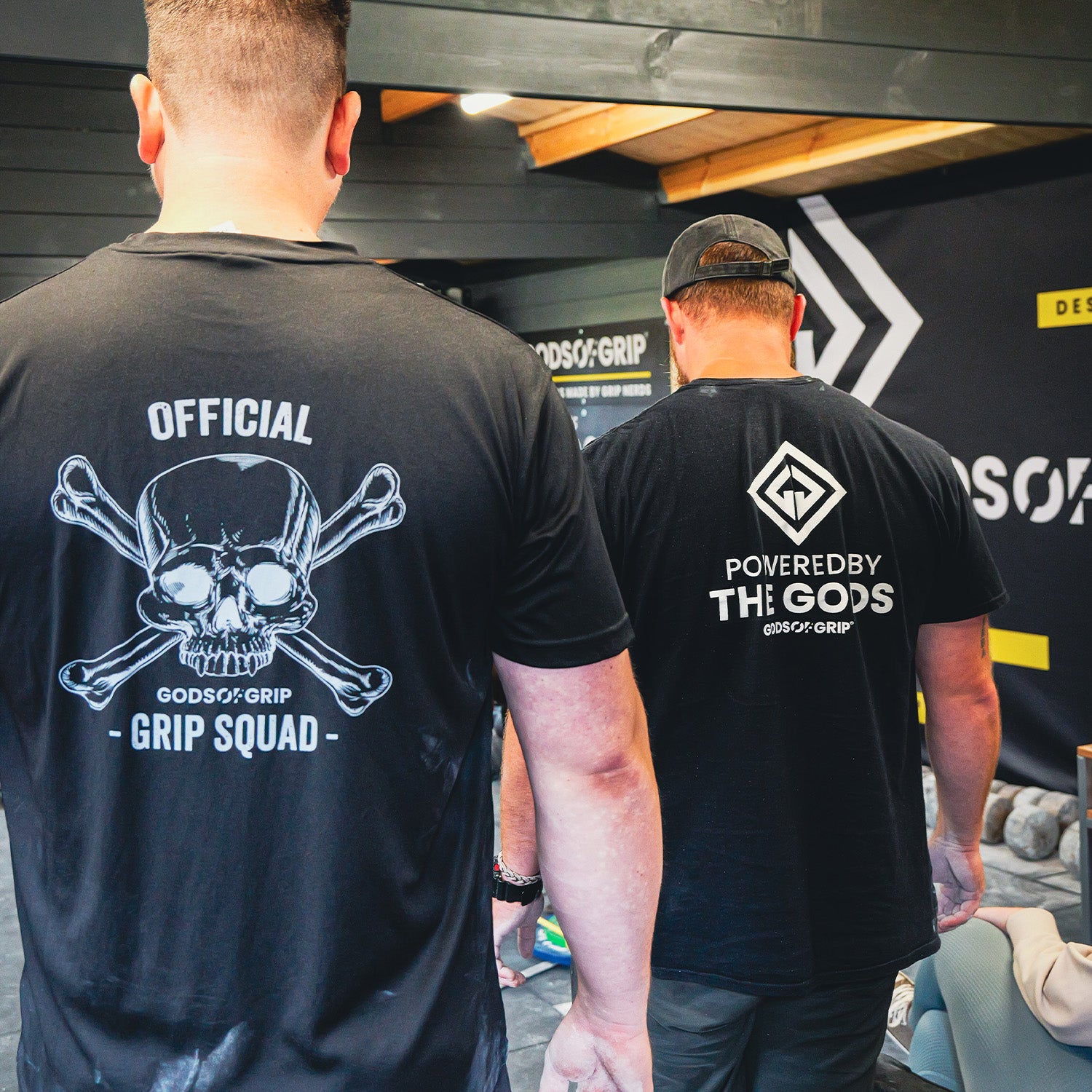While steel bending can be extremely enjoyable and beneficial for enhancing wrist strength and endurance, it is crucial to adhere to some fundamental safety protocols to guarantee a secure bend.
Let's take a look at a few of our top tips for ensuring a safe, successful bend.
1. Quality Wraps
It is crucial to use high-quality wraps for hand protection. We suggest using wraps with a thickness of at least 1.2mm or more. Our current range of wraps are between 1.5mm and 1.9mm, which offers the most excellent protection.
When bending nails, particularly with a spike, wraps provide critical hand protection and prevent harm. Moreover, they help you maintain a firm grip on the bars during the bend.
Additionally, correctly wrapping the steel is vital because loose wraps can result in slippage and movement of the steel, leading to injuries. A handy how to wrap guide is included in our Steel Bending Starter Bundle.
2. Technique
When it comes to steel bending, having the correct technique is crucial to prevent injury and promote progress. Without the proper form and technique, there is a high risk of hand and wrist injuries, which can limit your ability to continue training.
To minimise the risk of injuries, it is recommended to start with lighter levels of steel and gradually work your way up to more challenging levels as your strength and technique improve. This gradual progression allows your body to adapt to the demands of steel bending and reduces the risk of injury.
If you're new to steel bending, the starter bundle is an excellent place to begin. This bundle includes lighter levels of steel, and it also comes with a guide on how to wrap your hands correctly. Proper hand wrapping is essential to prevent injuries and maximise your grip on the steel.
Additionally, it's always beneficial to learn from experienced steel benders and trainers. You can check out a few hints on the video below.
(Coming soon)
3. Protective Wear
While not mandatory, it is highly recommended to wear thicker clothing during steel bending, especially jeans and a thick long-sleeved top. This is because steel bending involves sharp metal objects that can cause significant injuries if not handled with care.
Wearing thicker clothing provides an extra layer of protection in case of slips or misjudgments, reducing the likelihood of piercing yourself with the steel. Jeans are particularly useful because they are made of thicker, more durable material that can withstand the rigours of steel bending.
However, it is essential to remember that thicker clothing alone cannot provide complete protection. Proper technique, adequate warm-up, and cool-down exercises, and proper wrapping are also crucial to prevent injuries during steel bending.
In summary, wearing thicker clothing is an additional safety measure that can reduce the risk of injury during steel bending. Still, it is crucial to combine it with other precautions and techniques to ensure a safe and effective steel bending session.
4. Take Breaks
Steel bending is extremely tough on the cardiovascular system. This is especially prevalent when trying to snap the bars, you are required to keep the bars at a hot temperature to snap. The slower your bends, the cooler the steel gets and less chance of snapping.
It's important to rest between bends or snaps to ensure full recovery. After all we don't want to bend a bar for 2-3 minutes then run out of gas.
5. Patience
Steel bending is a challenging hobby that requires time, practice, and patience. Don't get discouraged if you don't make progress right away. Keep practicing.
We provide a great range of steel bending stock for beginners - experts.



